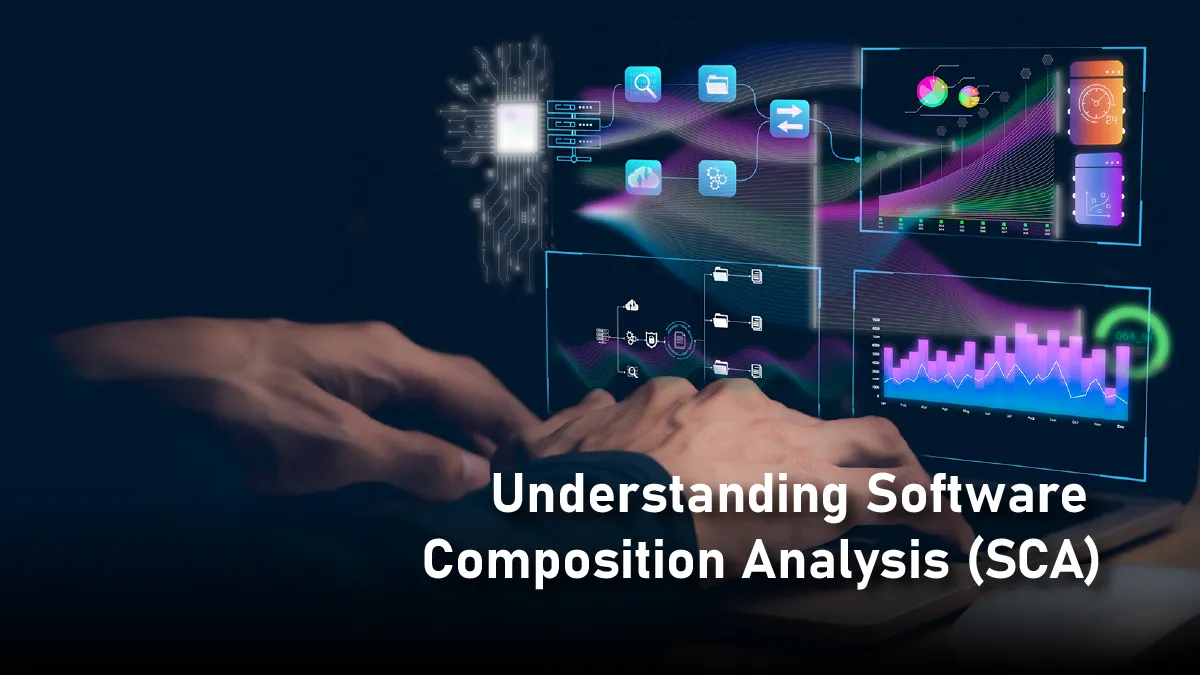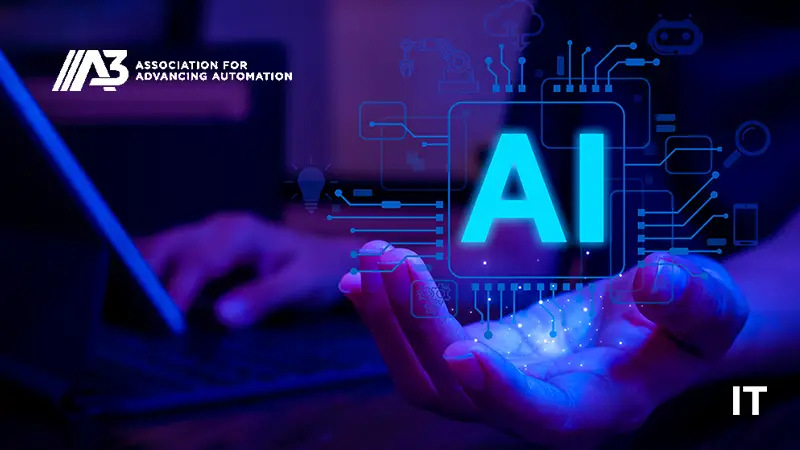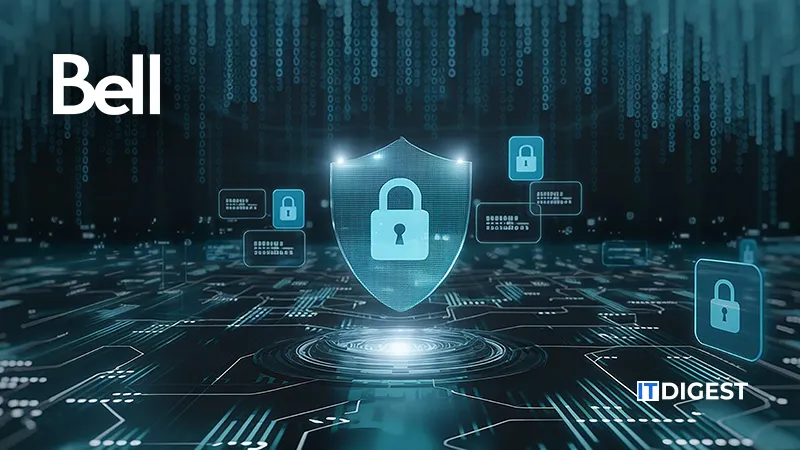Open-source software supports today’s app development. It helps organizations, big and small. By leveraging open-source components, companies accelerate development, reduce costs, and drive innovation. But this benefit also brings significant security risks. Open-source dependencies have vulnerabilities. These flaws have caused major breaches. Sensitive data is exposed, and trust is damaged. Developers and security pros face a challenge. They need to balance using open-source power while keeping their software secure.
This is where Software Composition Analysis (SCA) comes into play. SCA helps organizations find, control, and protect open-source parts in their software supply chain. Think of it as a smart security helper. It always checks the codebase to spot risks before they turn into real threats. It’s like having an extra set of eyes reviewing every piece of software your team integrates.
This article will explain why SCA matters, how it functions, and the best ways to integrate it into the development process. It will show how making security a natural part of development can boost innovation, not slow it down.
The Rising Security Risks of Open-Source Dependencies
Using pre-made parts from various manufacturers speeds up building a house. Check that all components meet quality standards to avoid defects. Open-source components account for 60-90% of modern apps. They offer efficiency, but they can also bring security risks.
Many open-source projects are run by small teams or solo contributors. They may not have time or resources to fix security flaws right away. This can leave widely used libraries with unpatched vulnerabilities. The Log4j vulnerability in late 2021 affected millions of apps worldwide. This caused urgent security patches in many industries.
Dependency chains can be tricky. Project might depend on a package, which in turn relies on several other packages. If even one of these dependencies has a security flaw, it can be exploited by attackers. The consequences range from data leaks to full-scale system breaches.
Beyond security concerns, open-source software comes with licensing obligations. Some licenses limit commercial use. If rules are not follow, you could face legal disputes. Without proper tracking, organizations may unknowingly violate these terms.
Understanding Software Composition Analysis (SCA)
SCA is a security method. It scans software applications, finds open-source components, and checks their security status. It watches for open-source vulnerabilities. This way, the software stays secure and meets licensing rules.
The process starts by scanning the application’s codebase. This helps find third-party dependencies. They are compared to big vulnerability databases, such as the National Vulnerability Database (NVD) and OWASP Dependency-Check. If a security flaw is found, the SCA tool gives clear advice. This might mean upgrading to a patched version, replacing a risky library, or reconfiguring the application to reduce the risk.
Beyond vulnerability detection, SCA also assists with license compliance. It makes sure every part follows the organization’s rules and laws. This helps avoid lawsuits or fines.
Also Read: XDR vs. Traditional Cybersecurity Tools: Why Businesses Need to Evolve in 2025
Why SCA is Essential for Modern Software Development
Software supply chain attacks are now more common and complex. Security is no longer just an IT issue—it’s a business imperative. One weak dependency can put the whole application at risk. This can expose sensitive customer data and lead to financial and reputational harm.
SCA helps reduce these risks. It also lets teams keep their software supply chain transparent. Regulatory frameworks like ISO 27001, NIST, and the EU Cyber Resilience Act highlight the need for security in software development. Many organizations now require a Software Bill of Materials (SBOM). This is a detailed list of all software components. They need it before adopting new software solutions. SCA makes it easy to create SBOMs. This helps businesses check their risk exposure ahead of time.
Moreover, security shouldn’t be an afterthought. In many development environments, security checks can slow down innovation. They are often viewed as bottlenecks. Modern SCA tools fit easily into CI/CD pipelines. This makes security a natural part of development, not a hurdle. By catching vulnerabilities early, teams can avoid costly fixes later in production.
Making Security a Team Effort
Many people think security is just the job of the security team. In reality, secure development is a team effort. Developers, security engineers, and business stakeholders need to work together. This teamwork helps make security a key part of the development culture.
Developers should learn about the risks of using old or unverified open-source packages. Security teams issue clear guidelines and integrate SCA tools seamlessly into developers’ workflows. This enables them to provide immediate feedback without slowing progress. Leaders champion security best practices and invest in ongoing development.
Automated tools such as Snyk, Sonatype Nexus Lifecycle, and Black Duck simplify this process. They give useful insights right in the development environment. This helps find vulnerabilities before they can be exploited. It lowers the chances of emergency security patches and downtime.
According to SNYK, 40% of organizations still don’t use key supply chain security technologies like SCA and SAST.
Looking Ahead: The Future of Open-Source Security
Open-source will keep growing in software development, so security will become more important. Governments and industry groups want stricter rules for software supply chain security. The Biden administration’s Executive Order on Cybersecurity mandates SBOMs for software used by the U.S. government.
At the same time, new security technologies are emerging to complement SCA. AI and machine learning can now predict vulnerabilities before they are public. Blockchain-based integrity verification is being explored to ensure the authenticity of open-source components.
Organizations should focus on being proactive about security instead of reactive. Adopting SCA makes security a shared responsibility. This way, businesses can innovate with open-source tech and manage risks effectively.
Conclusion
Open-source software drives today’s apps, and securing dependencies is essential. Software Composition Analysis (SCA) pinpoints vulnerabilities and streamlines risk management and licensing compliance.
But beyond tools and automation, the real shift must happen in mindset. Security is not an inconvenience. It’s a key part of building and maintaining software. Organizations that focus on security from the start protect themselves from cyber threats. This builds trust with customers and partners and gives them a competitive edge.
When developing software, ensure you know exactly what’s in your application. If the answer is uncertain, it’s time to make SCA a priority. A little vigilance today can prevent a disaster tomorrow.
































